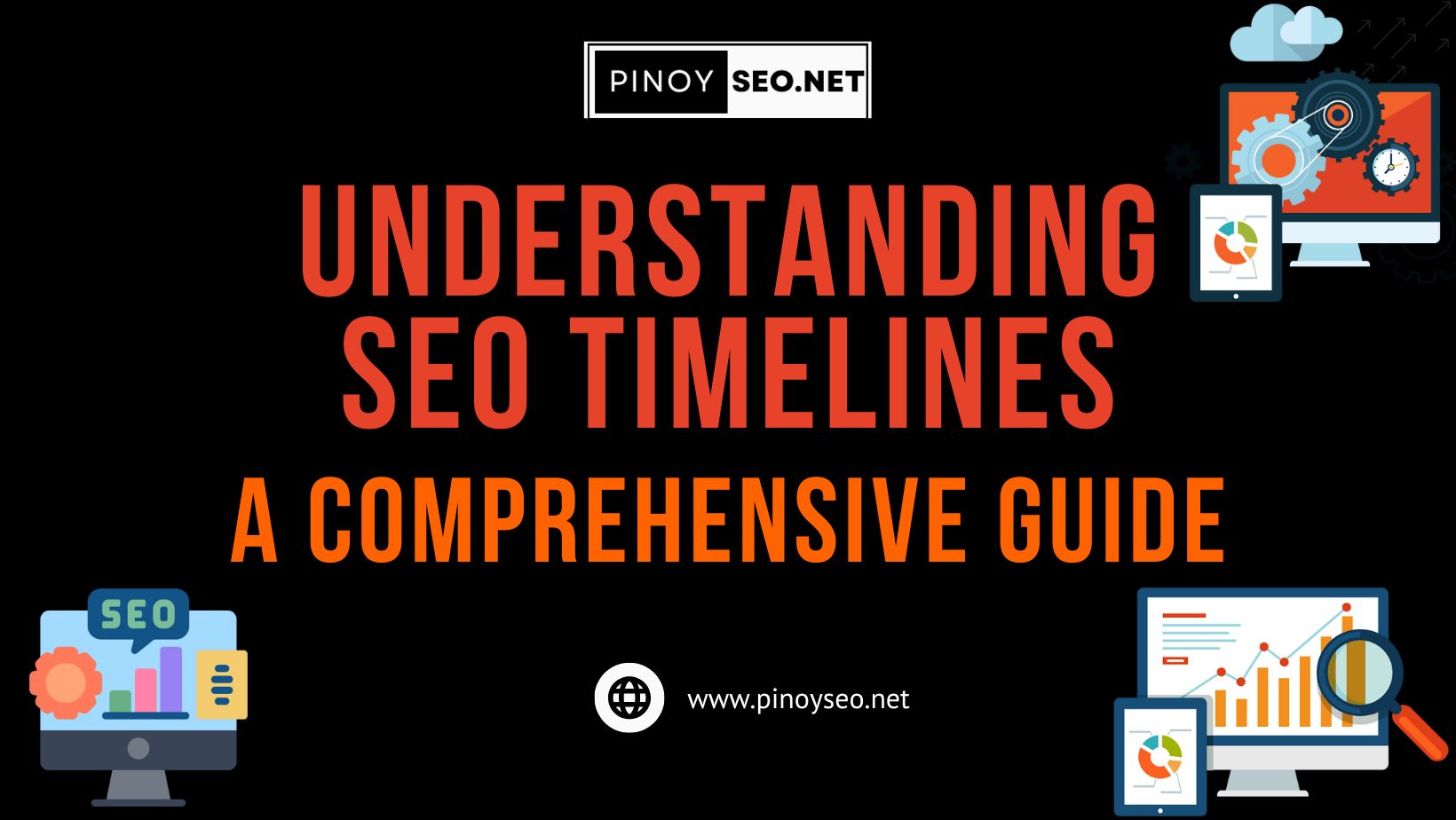SEO timelines are crucial considerations for businesses seeking to improve their online visibility and organic search rankings. While there is no one-size-fits-all answer to how long it takes to see results from SEO efforts, understanding the typical timeframes involved can help set realistic expectations and guide strategic decision-making. In this comprehensive guide, we delve into the various factors influencing SEO timelines and outline the key steps involved in the optimization process.
1. Initial Assessment (1-2 weeks)
Before embarking on any SEO campaign, it’s essential to conduct a thorough initial assessment of your website’s current state. This involves performing a comprehensive SEO audit to identify existing strengths and weaknesses, evaluate technical aspects, and assess overall optimization levels.
2. Keyword Research (1-2 weeks)
Keyword research forms the foundation of any successful SEO strategy. During this phase, SEO professionals analyze search volume, competition levels, and user intent to identify relevant keywords and phrases to target. This process sets the stage for content creation and optimization efforts.
3. On-Page Optimization (1-2 months)
On-page optimization involves optimizing various elements of your website to enhance its visibility and relevance to search engines. This includes optimizing meta tags, headers, content, and internal linking structures. While initial optimizations can be completed relatively quickly, ongoing refinement and testing are essential for long-term success.
4. Content Creation (Ongoing)
Content creation is a continuous process in SEO. High-quality, relevant, and engaging content plays a crucial role in attracting visitors, establishing authority, and driving organic traffic. Content creation efforts should align closely with keyword research findings and address the needs and interests of your target audience.
5. Link Building (3-6 months)
Building quality backlinks is a cornerstone of effective SEO. However, acquiring natural and authoritative backlinks takes time and effort. Link building strategies may include outreach, guest blogging, content promotion, and relationship building within your industry niche.
6. Technical SEO (1-3 months)
Technical SEO optimizations focus on improving your website’s technical infrastructure to enhance user experience and search engine visibility. This includes optimizing site speed, ensuring mobile-friendliness, enhancing crawlability and indexability, and resolving technical issues that may hinder performance.
7. Monitoring and Analysis (Ongoing)
Monitoring and analysis are integral components of effective SEO management. Regularly track key performance indicators (KPIs), such as rankings, organic traffic, conversion rates, and engagement metrics. Use data insights to identify trends, assess campaign effectiveness, and make informed optimization decisions.
8. Results and Progress (3-6 months+)
While some SEO improvements may be noticeable within the first few months, significant results often take time to materialize. It typically takes 3-6 months or longer to see substantial improvements in search engine rankings, organic traffic, and overall website performance. Consistent and strategic SEO efforts, combined with patience and persistence, are key to achieving sustainable results in the competitive digital landscape.
In conclusion, understanding the typical timelines and key steps involved in SEO optimization is essential for setting realistic expectations and achieving long-term success. By prioritizing thorough assessments, strategic planning, continuous optimization, and data-driven analysis, businesses can maximize their SEO efforts and unlock their full potential in the online marketplace.


